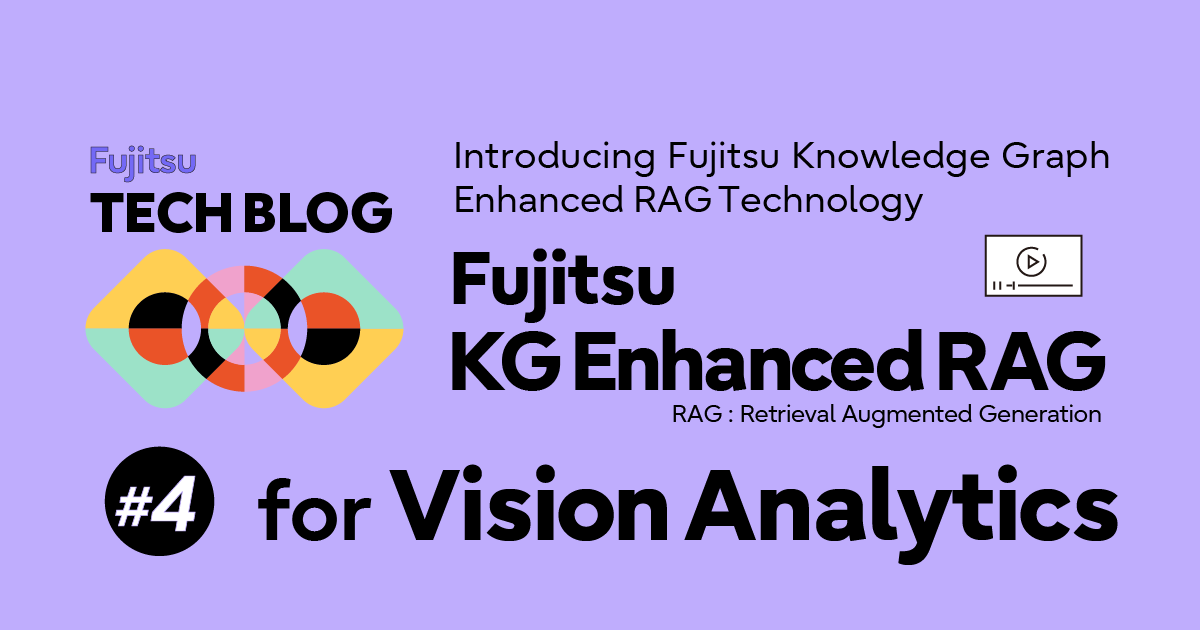
Hello. This is Ikai from the Artificial Intelligence Laboratory. To promote the use of generative AI at enterprises, Fujitsu has developed an "Enterprise-wide Generative AI Framework Technology" that can flexibly respond to diverse and changing corporate needs and easily comply with the vast amount of data held by a company and laws and regulations. The framework was successively launched in July 2024 as part of Fujitsu Kozuchi (R&D)'s AI service lineup. ...
Please refer to the link below for the rest of the article. blog-en.fltech.dev